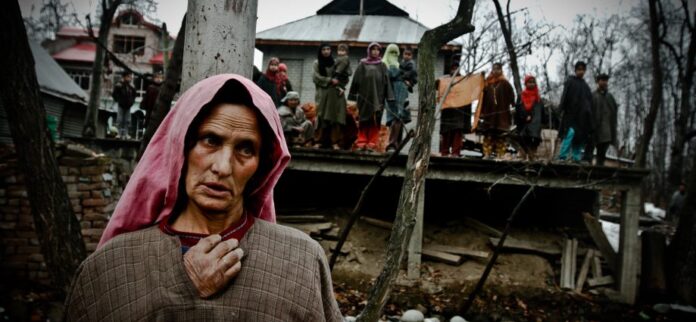Author: Editorial Board
Organization/Publisher: Harvard Law Review
Date/Place: May 10, 2021 / USA
Type of Literature: Academic paper
Word Count: 9,500
Keywords: Kashmir, India, Pakistan, demography, Muslim, identity, Hindu, majoritarianism, international law, UN
Brief:
In this review of changes happening in Indian-occupied Kashmir after India annexed the UN-designated disputed territory, the Harvard Law Review editorial board explains the violations of international law. With a focus on demographic flooding after India ended clauses which blocked the sale of land and opening jobs to Indians, this piece looks at how “an inquiry into the desires of the people never took place,” meaning the plebiscite promised by the United Nations and India never took place in the region whose history is replete with massacres and military crackdowns. “Colonialism and settler colonialism are distinct, yet intertwined, modes of oppression,” the review notes. With an administration which is largely lead by non-native Hindus from India, long-time fears of settler colonialism among the Muslim-majority Kashmiris have been amplified and are proving right with a surge in outsiders – the non-native Indians – who are flooding the region. The fear for the Indian state in Kashmir is simple – the result of any plebiscite or referendum held in the Muslim-majority will not favor New Delhi. This review notes: “As India chipped away at Kashmir’s autonomy, a Kashmiri freedom struggle was amplified. The movement has taken on rich unarmed forms, including protests, boycotts, graffiti, rap.” Kashmiris have already been marking Indian Independence Day as a “Black Day” while mass anti-India public uprisings of 2008, 2010 resulted in different forms of protests. The paper notes how India has launched its “counterinsurgency strategy” and frames it around “terrorism” while it has deployed near to one million of its troops to stem any rebellion against its rule, turning the region into the world’s highest militarized zone. “India’s settler desire was most pronounced with the 2014 election, and then 2019 reelection, of the Hindu nationalist Bharatiya Janata Party (BJP). Kashmiris, in BJP’s India, were ‘contrapuntal symbols — of terrorist violence, illegitimate religious impulses, and sedition — for contriving [their] mythical Hindu nation’,” the paper says.
By: Riyaz ul Khaliq, CIGA Non-Resident Research Associate




